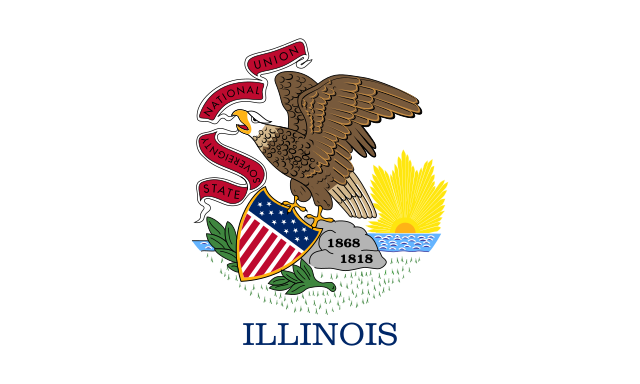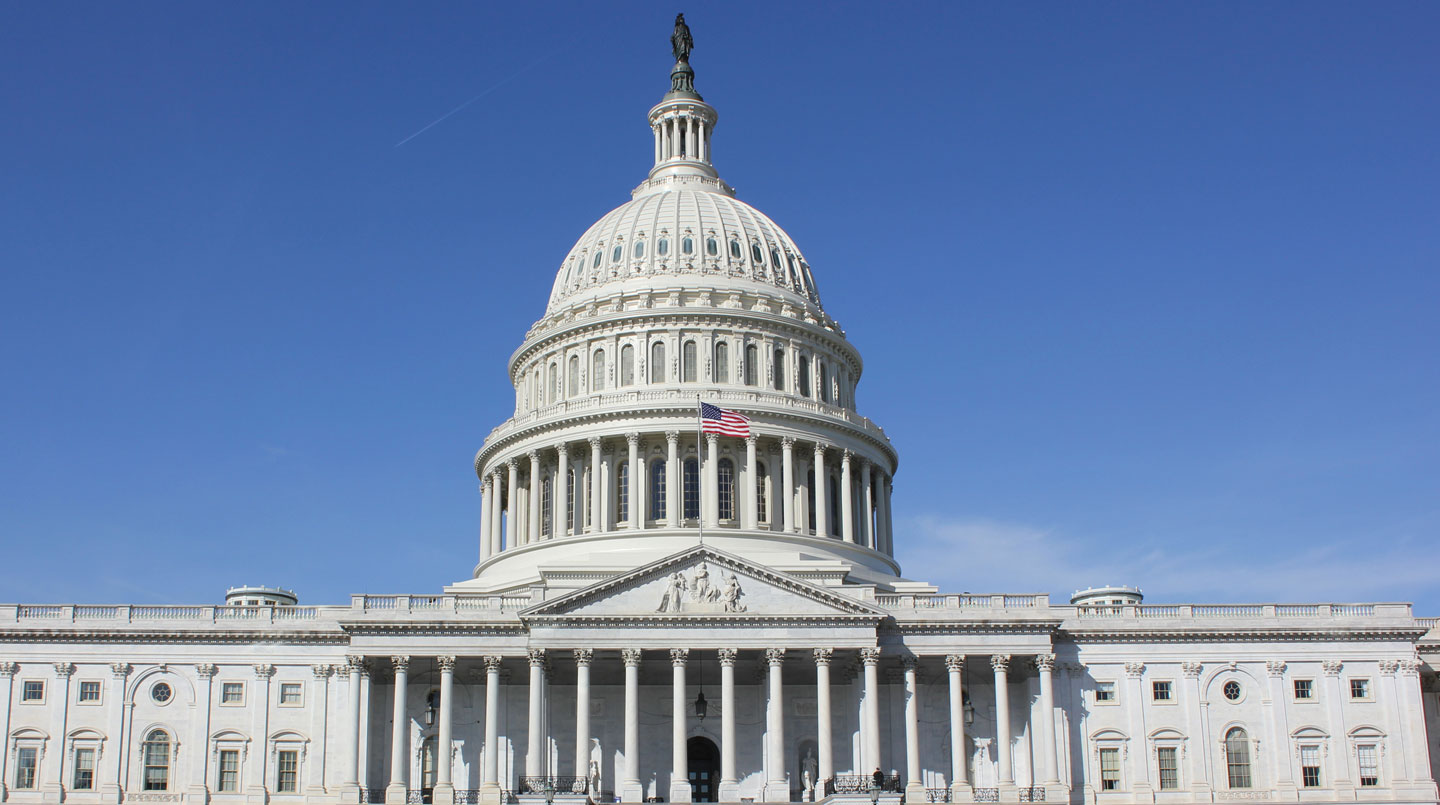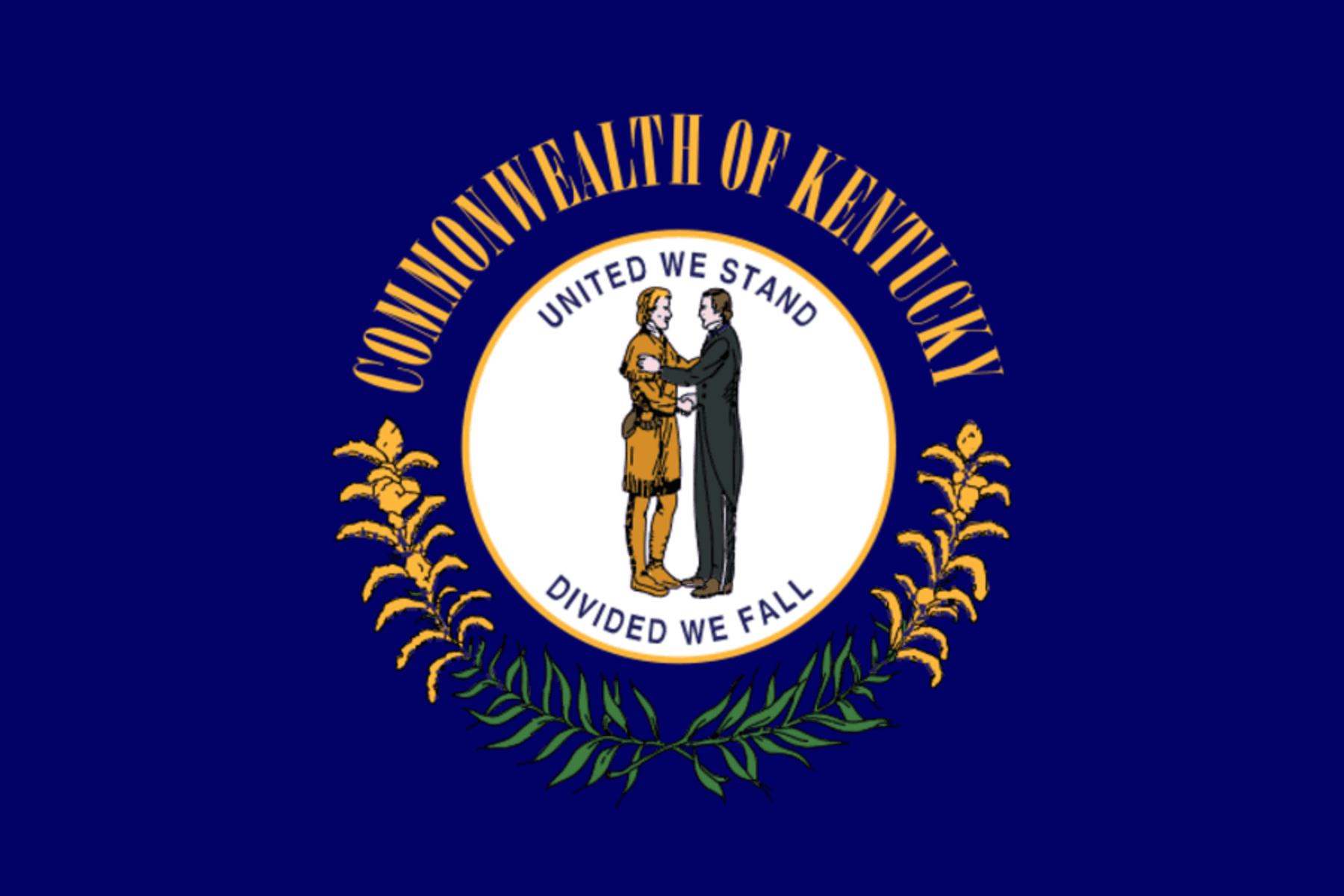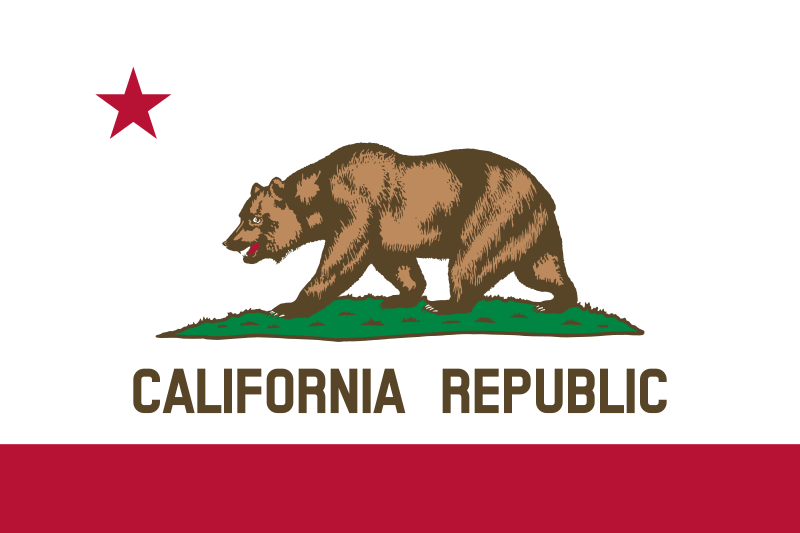Author: Juan Garcia de Paredes
-
Mike Bost and Darren Bailey are running in the March 19 Republican primary for Illinois’ 12th Congressional District

Incumbent Mike Bost and Darren Bailey are running in the Republican primary for Illinois’ 12th Congressional District on March 19, 2024. The district has an R+24 partisan lean in the Cook Partisan Voting Index (PVI), making it the most Republican-leaning district in Illinois. Bost, who has represented the district since 2015, won re-election in 2022…
-
There are no open U.S. House seats in Illinois for the first time in a decade

This year’s filing deadline for candidates running for Congress in Illinois was Dec. 4, 2023. Forty-four candidates are running for Illinois’ 17 U.S. House districts, including 23 Democrats and 21 Republicans. That’s 2.59 candidates per district. In 2022, the first election after the number of Congressional districts in Illinois decreased from 18 to 17, 5.59…
-
Fifty-one members of Congress have announced they will not seek re-election in 2024 — more than at this point in previous cycles

Fifty-one members of Congress have announced they will not seek re-election in 2024 — more than at this point in previous cycles. Since Jan. 9, seven U.S. House members announced they will not seek re-election in 2024. This count includes one Democrat and six Republicans. Including the announcements above, 51 members of Congress — seven…
-
Three U.S. House incumbents in Ohio are facing primary challengers this year—a decade-low

This year’s filing deadline for candidates running for Congress in Ohio was Dec. 20, 2023. Seventy candidates are running for Ohio’s 15 U.S. House districts, including 28 Democrats and 42 Republicans. That’s 4.7 candidates per district, the most since 2018. In 2022, the first election after the number of Congressional districts in Ohio decreased from…
-
Six U.S. House primaries are contested in Kentucky this year—the fewest since 2016

This year’s filing deadline for candidates running for Congress in Kentucky was Jan. 5, 2024. Twenty-three candidates are running for Kentucky’s six U.S. House districts, including 11 Democrats and 12 Republicans. That’s 3.8 candidates per district, lower than the 5.2 candidates who ran in 2022, but higher than the 3.5 who ran in 2020. Here…
-
Ten candidates are running in the top-two primary for California’s 47th Congressional District

Ten candidates are running in the top-two primary for California’s 47th Congressional District on March 5, 2024. Three candidates lead in noteworthy endorsements, fundraising, and media attention: Scott Baugh (R), Dave Min (D), and Joanna Weiss (D). Incumbent Katie Porter (D) is running for the U.S. Senate. Porter was re-elected in 2022 after defeating Baugh…

